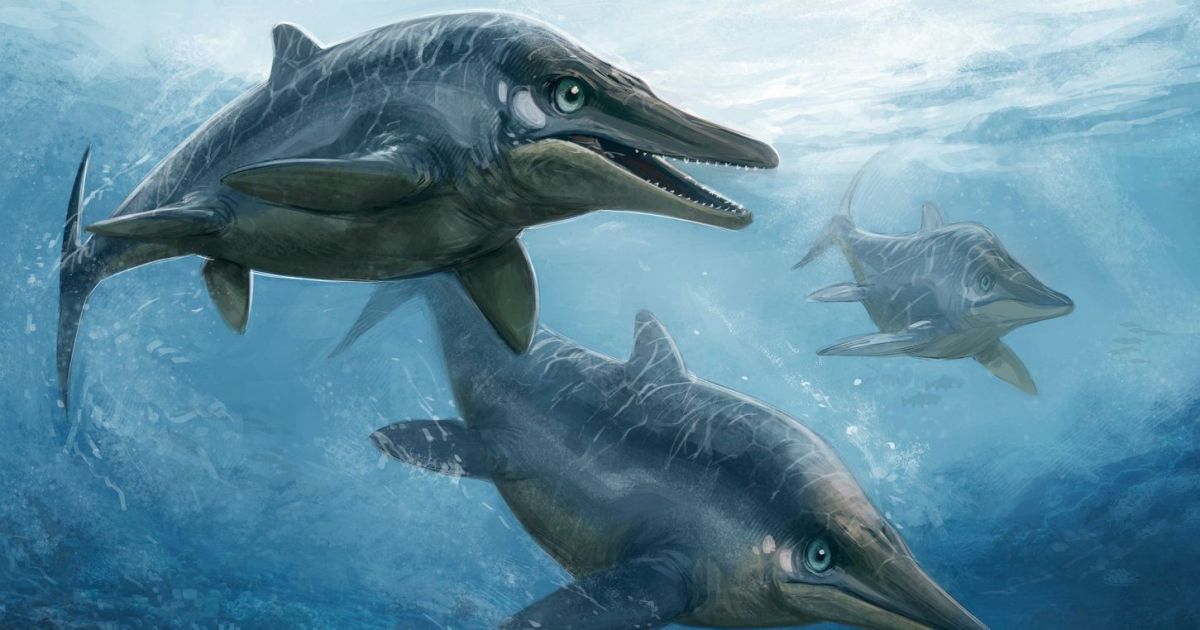Paleontologists found the remains of an ichthyosaurus on the island of Svalbard.
Subsequently, they were brought to the Museum of Natural History at the University of Oslo for further research and study.
HeritageDaily writes about it.
Research and study of the formations made it possible to discover bony fish and bizarre "crocodile-like" bones of amphibians.
In addition, the remains of an ichthyosaur, namely 11 articulated tail vertebrae in limestone deposits.
However, they turned out to be too "old" for the existence of these ancient animals.
Paleontologists also studied the surrounding rocks.
The results confirmed that the age of the fossils is approximately two million years after the mass extinction at the end of the Permian period.
If we take into account the approximate time limits of the evolution of extinct marine reptiles, this pushes the origin and early appearance of ichthyosaurs to the beginning of the era of dinosaurs.
Ichthyosaurs
are Mesozoic large extinct marine reptiles.
It will be recalled that a group of international researchers announced that they managed to find a marine
reptile
similar to a swordfish.
The reptile lived about 100 million years ago, the length of its skull reached a meter.
Read also:
How much was the skeleton of a triceratops - the world's largest dinosaur - sold for
In Brazil, they showed what a new species of dinosaurs looked like
Surpassed Tyrannosaurus: in Uzbekistan, scientists discovered the remains of a new dinosaur with "shark" teeth
